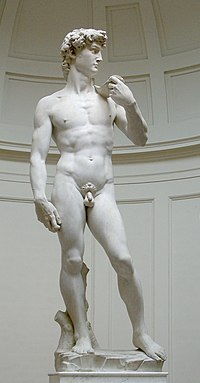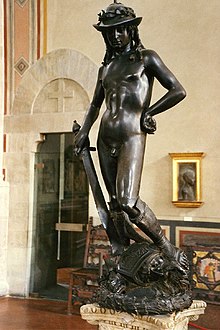Age of Empires is a game with 3 base versions and multiple expansion packs that allow users to take control of different civilizations and do battle. The different editions of the game focus on different aspects of history. The first version focuses mostly on the world before Rome, The second game focuses on the world while Monarchies were the prevailing style of government, and the third game focusing on the exploration and revolution era.
The reason why the game can be used in teaching history is the fact that it is a civilization simulator. Depending on the style of game being played (campaign or free for all) players are required to accomplish numerous goals to achieve victory. They also must start with low resources and advance through what the game calls "ages". Ages are similar to periods of history in the first game players start in the Stone Age and must advance through to the Iron Age. As the ages progress, the technology available to the player improves.
Another great aspect of the game is that the available technologies are limited based on which civilization you choose. If you pick one of the native American tribes you do not have access to elephant warriors or iron weapons at first. Also some civilizations gain technologies prior to others based on when they would have obtained it historically. Also each civilization has a special unit that only they can have and it is based on something unique to the civilization, for example the British have longbow men and the Vikings have berserkers.
Another thing that players must navigate is resources and population. The game has a very low population limit to start and players must build housing in order to build more units, however the game has a maximum of 200 units and once reached you can't build anymore soldiers or peasants. It forces players to decide if they want to have enough peasants to keep stockpiling resources or if they want to sacrifice production for more soldiers.
Players may also choose to build alliances with other either human or computer civilizations and depending on previous actions, the treaty is accepted or rejected.
One of the more overarching aspects of the game is Campaign mode. Campaign mode allows players to take control of a specific civilization and go through levels based on the civilizations history. In the campaign for the Mongols, the player takes control of Genghis Kahn and goes through the rise of the Mongols. In the French campaign the player takes control of Joan of Arc. The third game changes more to an alternate history view of the world with the player fighting against an organization known as "The Circle" while taking part in historical events such as the French and Indian war and the American Revolution.
The reason why the game can be used in teaching history is the fact that it is a civilization simulator. Depending on the style of game being played (campaign or free for all) players are required to accomplish numerous goals to achieve victory. They also must start with low resources and advance through what the game calls "ages". Ages are similar to periods of history in the first game players start in the Stone Age and must advance through to the Iron Age. As the ages progress, the technology available to the player improves.
Another great aspect of the game is that the available technologies are limited based on which civilization you choose. If you pick one of the native American tribes you do not have access to elephant warriors or iron weapons at first. Also some civilizations gain technologies prior to others based on when they would have obtained it historically. Also each civilization has a special unit that only they can have and it is based on something unique to the civilization, for example the British have longbow men and the Vikings have berserkers.
Another thing that players must navigate is resources and population. The game has a very low population limit to start and players must build housing in order to build more units, however the game has a maximum of 200 units and once reached you can't build anymore soldiers or peasants. It forces players to decide if they want to have enough peasants to keep stockpiling resources or if they want to sacrifice production for more soldiers.
Players may also choose to build alliances with other either human or computer civilizations and depending on previous actions, the treaty is accepted or rejected.
One of the more overarching aspects of the game is Campaign mode. Campaign mode allows players to take control of a specific civilization and go through levels based on the civilizations history. In the campaign for the Mongols, the player takes control of Genghis Kahn and goes through the rise of the Mongols. In the French campaign the player takes control of Joan of Arc. The third game changes more to an alternate history view of the world with the player fighting against an organization known as "The Circle" while taking part in historical events such as the French and Indian war and the American Revolution.











.jpg)

.jpg)
.jpg)